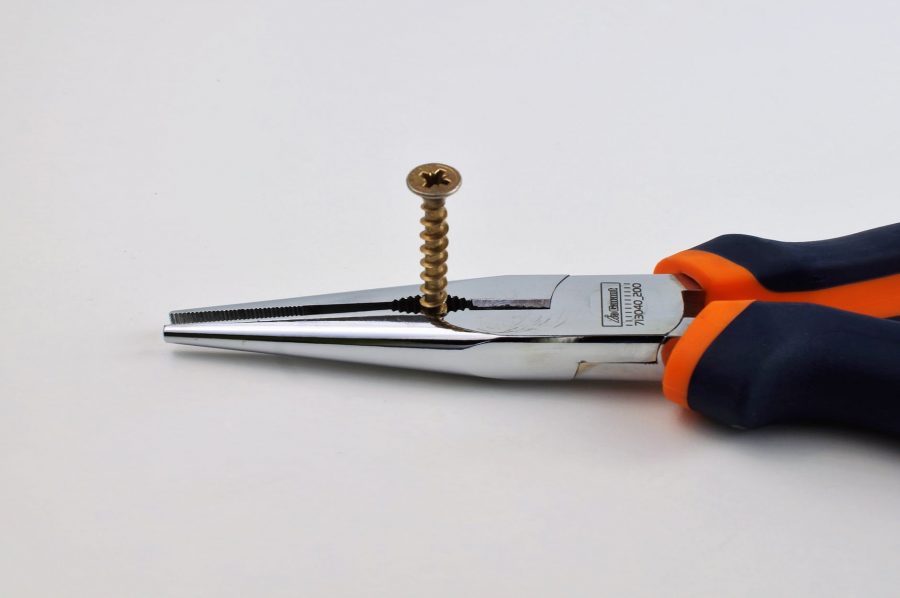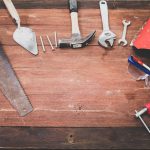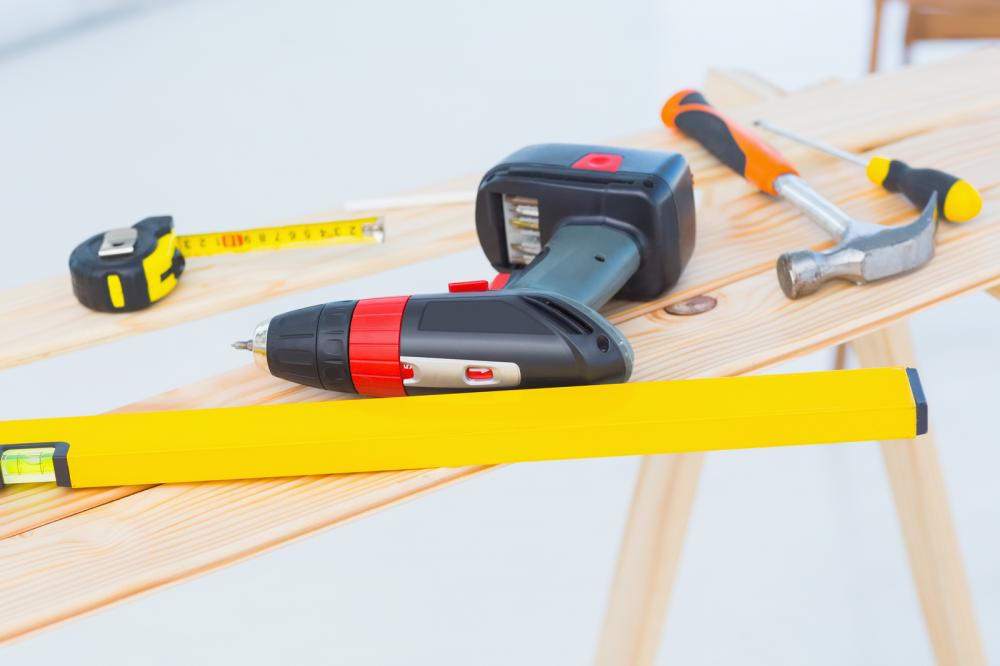Borrowing tools can be a cost-effective and convenient way to tackle DIY projects and home repairs. However, using borrowed tools properly is essential to ensure safety and maintain the longevity of the equipment. Whether you’re a seasoned DIY enthusiast or a beginner, following the manufacturer’s instructions and any additional guidelines provided by the tool owner is crucial. In this blog post, we’ll explore the importance of proper tool usage, how to follow instructions effectively, and the benefits of adhering to these practices.
Understanding the Manufacturer’s Instructions:
When you borrow a tool, the first step is to familiarize yourself with the manufacturer’s instructions. These instructions provide essential information about the tool’s operation, maintenance, and safety features. They are designed to help users get the most out of the tool while minimizing the risk of accidents or damage. Here are some key reasons why following the manufacturer’s instructions is important:
- Ensuring Safe Operation:
The manufacturer’s instructions outline the correct way to use the tool, including safety precautions and potential hazards. By following these guidelines, you can prevent accidents and injuries. For example, using a power saw without proper safety gear or knowledge can lead to serious injuries. The instructions will typically recommend wearing safety goggles, gloves, and other protective equipment to ensure your safety. - Maximizing Tool Performance:
Each tool is designed to perform specific tasks efficiently. The instructions provide details on how to operate the tool to achieve optimal performance. For example, a drill may have specific settings for different materials like wood, metal, or concrete. Using the correct settings ensures that you get the best results and extend the life of the tool. - Maintaining Tool Longevity:
Proper maintenance is crucial for the longevity of any tool. The manufacturer’s instructions include information on how to clean, store, and maintain the tool. Regular maintenance, such as lubricating moving parts or replacing worn-out components, helps prevent breakdowns and extends the tool’s lifespan. - Avoiding Damage:
Misusing a tool can cause damage not only to the tool itself but also to your project and potentially your property. For example, using the wrong blade on a saw can result in poor cuts and damage to the blade. Following the manufacturer’s guidelines helps you avoid these issues and ensures that the tool remains in good condition for future use.
How to Follow the Manufacturer’s Instructions:
- Read the Manual Thoroughly:
Before using any borrowed tool, take the time to read the manual thoroughly. Pay attention to the operating instructions, safety warnings, and maintenance tips. If the manual is not available, check the manufacturer’s website for a digital copy or ask the tool owner for guidance. - Understand the Tool’s Features:
Familiarize yourself with the tool’s features and functions. Understand how to operate the tool, adjust settings, and use any safety features. Knowing the tool inside out will make it easier to use and help you avoid mistakes. - Ask for a Demonstration:
If you’re unsure about how to use the tool, don’t hesitate to ask the tool owner for a demonstration. A brief tutorial can provide valuable insights and help you understand the proper way to operate the tool. This is especially important for complex or unfamiliar tools. - Follow Safety Guidelines:
Adhere to all safety guidelines provided in the manual. This includes wearing appropriate protective gear, working in a well-ventilated area, and keeping bystanders at a safe distance. Safety should always be your top priority. - Perform Regular Maintenance:
Follow the manufacturer’s maintenance instructions to keep the tool in good working condition. This includes cleaning the tool after use, checking for wear and tear, and storing it properly. Regular maintenance not only ensures the tool’s longevity but also keeps it safe to use.
The Benefits of Proper Tool Usage:
- Increased Safety:
Proper tool usage significantly reduces the risk of accidents and injuries. By following the manufacturer’s instructions and using the tool correctly, you protect yourself and others from harm. - Better Results:
Using tools as intended leads to better results. Whether you’re drilling, sawing, or sanding, following the guidelines ensures that you achieve the desired outcome with precision and efficiency. - Cost Savings:
Proper maintenance and usage reduce the likelihood of tool damage, saving you from costly repairs or replacements. It also ensures that the tool remains available for future projects, saving you the expense of purchasing new tools. - Extended Tool Lifespan:
Regular maintenance and proper usage extend the lifespan of borrowed tools. This not only benefits you but also the tool owner and other borrowers. Well-maintained tools remain reliable and efficient for a longer period. - Building Trust with Tool Owners:
When you borrow tools and use them properly, you build trust with the tool owners. They are more likely to lend you their tools in the future, knowing that you will take care of them and follow the necessary guidelines.
Proper tool usage is essential for ensuring safety, achieving better results, and maintaining the longevity of borrowed tools. By following the manufacturer’s instructions and any additional guidelines provided by the tool owner, you can protect yourself from accidents, avoid damage, and extend the life of the tools you use. Whether you’re a DIY enthusiast or a professional, taking the time to understand and adhere to proper tool usage practices is a worthwhile investment.
The next time you borrow a tool, remember these tips and prioritize safety and efficiency. By doing so, you contribute to a positive borrowing experience and help maintain the quality of the tools in the Garage101 community.
Ready to tackle your next project? Follow these guidelines and make the most out of your borrowed tools!



